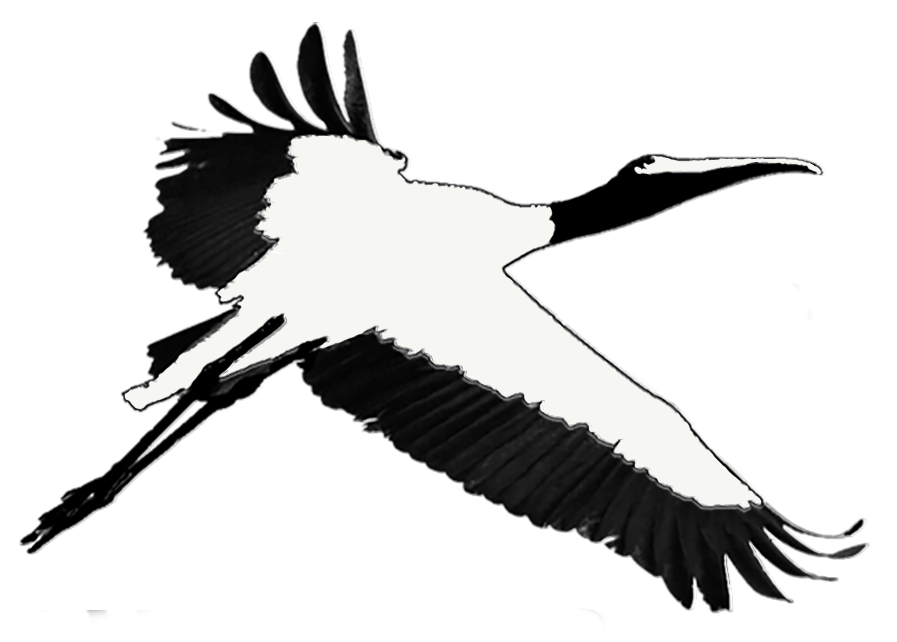Oaks and native trees
That native oak tree or cedar tree in your yard isn’t just rooted there with limbs outwardly stretched doing nothing.
The first thing you may notice is that it is growing—whether you planted it as a sapling or found it in your yard fully grown. From root to leaf, the tree is actively doing a variety of things that enable it to grow and thrive. In doing this, a native tree provides many benefits to people, wildlife, insects, soil, and air.
There is a Greek proverb that states:
"A society grows great when old men plant trees whose shade they know they shall never sit in”
which can be modified to include people of all ages planting trees for the good of all.
Take a minute to appreciate our illustration at the top of the page, notice the grouping of trees, the critters, and the understory. More trees mean more critters, better air and water quality improvement, and some nice, shady spots for forest bathing. They also can act as a wonderful wind break and will slow down the impact of rain on underlying soil and vegetation. Groupings of trees are important to the protection of our homes and landscape as they buffer the wind during hurricanes and windstorms. Without our protective canopy, wind channels between the solid walls of houses, increasing in speed and destructive ability. Trees in groups also support each other through symbiotic association with below-ground fungi and their intertwined limbs and roots that add stability but also may share nutrients through a rich and diverse soil microbiome.
Speaking of BIODIVERSITY, trees are critical for wildlife from caterpillars to birds to squirrels. Many caterpillars complete their life cycle within and under the circle of an oak tree canopy. Those holes in your leaves are left by future butterflies and moths that munch away until they are ready to pupate. Many will then fall to the ground and complete the next stage of their life cycle under the leaf litter in the rich humus. Come spring, they will spread their wings and flitter off in search of nectar and pollen as they start a new generation.
Birds will nest in the branches of our trees, or some including Carolina chickadees or the tufted titmouse, will find a convenient little hole for their nest and work the foliage and bark to glean both insects and seeds. Woodpeckers create holes for their nests and feed on insects they find under the bark of the tree. Barred owls will nest in large trees and are skilled hunters of small mammals and reptiles. Wildlife like jays, crows, deer, and squirrels feed on acorns from our various oak trees, and berries from red cedar trees. Maples and other broad-leaved trees provide browse for deer and other mammals. Spanish moss and resurrection ferns add diversity to the branches of our live oaks and help to absorb and retain water.
Just having trees in our yards and neighborhoods provides a sense of peace and calm by reducing stress and lowering blood pressure. There is a greater sense of community as streets are more walkable under the shade and coolness of canopy trees. By planting and maintaining trees in our cities and neighborhoods, we are planning for future generations and increasing our own property value.
Native trees provide valuable ECOSYSTEM SERVICES that may go unnoticed but improve our quality of life and environment. Immediately obvious is the benefit they provide in reducing runoff as their roots soak up the water to be transported for storage in the trunk and leaves. At the same time, they are improving our water quality by absorbing pollutants and contaminants, preventing them from entering our waterways or accumulating in the soil. Less noticeable but equally important is the improvement in air quality as they store carbon dioxide and airborne pollutants. The leaves of an oak tree can absorb up to 10 pounds of air pollution in a single year and oaks may live up to 400 years.
Beneath the trees is the UNDERSTORY, sometimes neglected but critically important to the caterpillars and moths that pupate under the accumulation of leaves and rich humus. Oak trees naturally provide us with mulch that should remain in place to protect our ground-nesting insects and retain nutrients and moisture for our soil. Native plants like wax myrtle, red bay, hornbeam, American holly, wild olive, and Carolina cherry laurel are important for wildlife and can provide shelter from the wind.
What can you do? First off, go out and hug a tree, spend time with it—you’ll feel better! Also, check out our resource page for more information on native plants.
Beware of disreputable tree removal services.
Work with local companies and certified arborists that visit on-site.
If a tree company solicits your business by telling you your trees are diseased, sick, rotten, or an insurance problem, beware! On Amelia Island these door-to-door solicitations have not been from local companies, and it is not reputable-they have serious complaints with the Better Business Bureau and Yelp. Homeowners who remove trees without proof of danger may violate Title XI Section 163.045 under Florida statutes as well as local City and County ordinances.
Healthy versus Perfect. These are strong, healthy live oaks. If a tree company is telling you to remove an oak based only on the presence of a cavity, run away. Seek another opinion from an independent certified arborist.
If you live in the City of Fernandina Beach:
(https://www.fbfl.us/367/Trees)
o Call the police & report their soliciting: (904) 277-7342
o Call David Neville, Urban Forester: (904) 310-3484
o Call Code Enforcement: (904) 310-3440
If you live in the County:
(https://www.nassaucountyfl.com/1217/Tree-
o Call Code Enforcement: (904) 530-6200
o Call Garner Cox, County Arborist: (904) 832-4804
Learn about best practices for planting trees and shrubs in this video for Keep Nassau Beautiful prepared by UF/IFAS.










